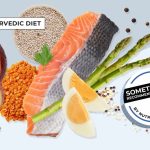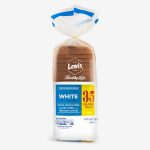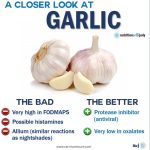Revitalize Your Body With The Power Of Pilates And Diet: Transform Your Life Today!
Pilates and Diet: A Powerful Combination for Healthy People
Introduction
Hello, Healthy People! Are you looking to improve your fitness level and maintain a healthy lifestyle? If so, you’ll be glad to know that combining Pilates exercises with a balanced diet can be the perfect solution for you. In this article, we will explore the benefits of Pilates and how it can be complemented with a nutritious diet to achieve optimal health and well-being.
Pilates is a low-impact exercise method that focuses on strengthening the core muscles, improving flexibility, and enhancing body awareness. It is suitable for people of all fitness levels and can be customized to meet individual needs and goals. When paired with a healthy diet, Pilates can help you achieve a leaner physique, increase energy levels, and improve overall physical and mental well-being.
2 Picture Gallery: Revitalize Your Body With The Power Of Pilates And Diet: Transform Your Life Today!
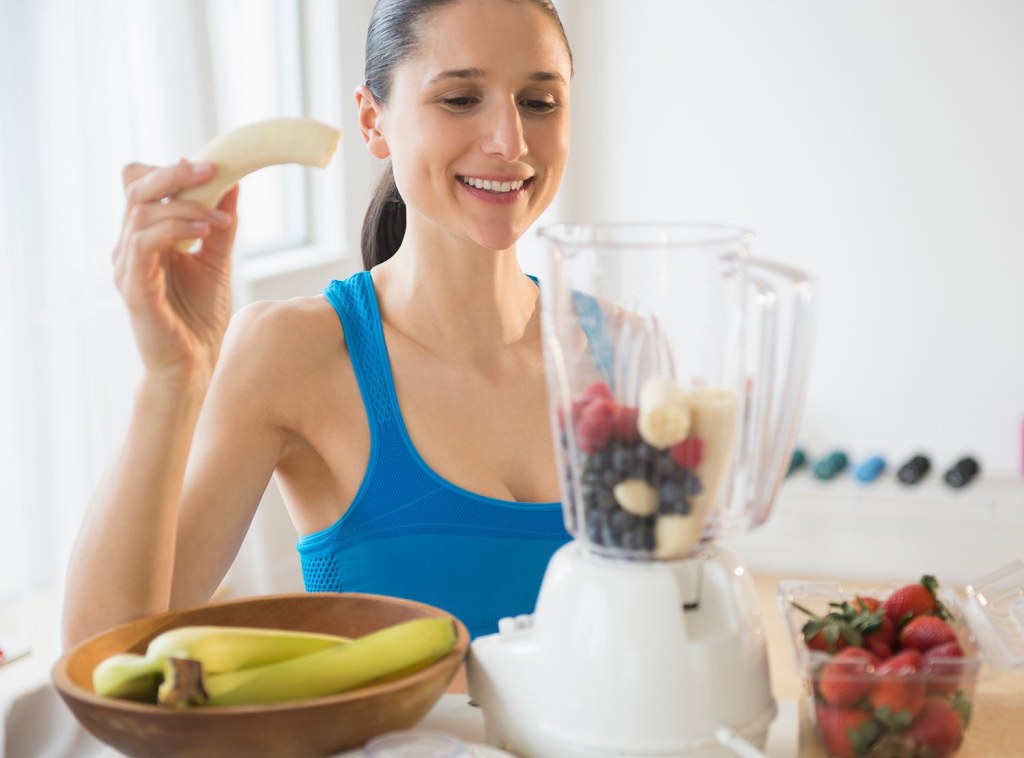
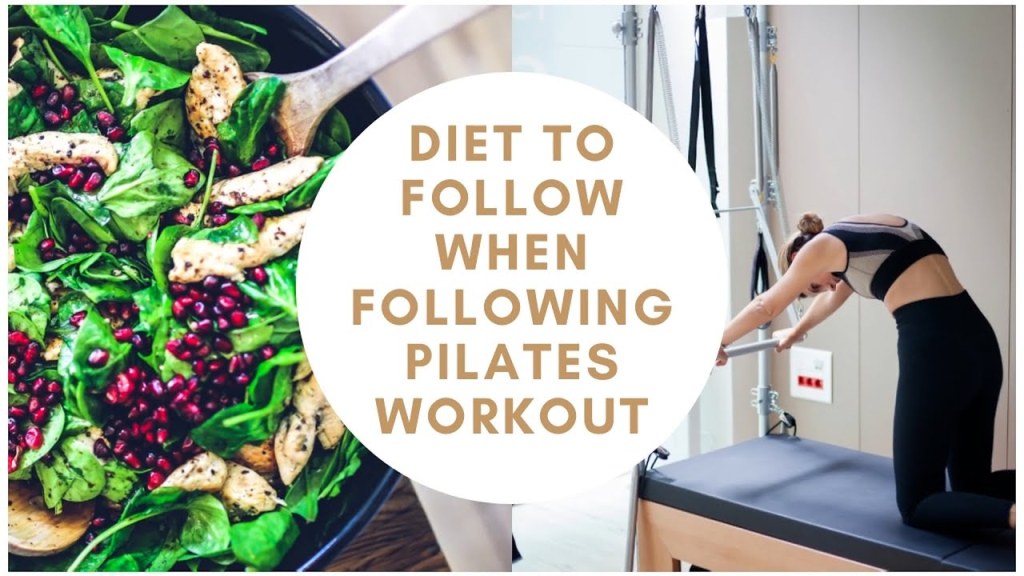
So, let’s dive into the world of Pilates and diet and discover how this powerful combination can transform your life!
What is Pilates?
Pilates is a form of exercise that was developed by Joseph Pilates in the early 20th century. It focuses on controlled movements, proper breathing, and mindful concentration to strengthen and tone the body. The exercises in Pilates are performed on a mat or using specialized equipment, such as the Reformer or Cadillac.

Image Source: verywellfit.com
Key Points: Pilates is a low-impact exercise method developed by Joseph Pilates. It emphasizes controlled movements, proper breathing, and mindful concentration for overall body strength and tone.
The Benefits of Pilates
Pilates offers a wide range of benefits for both the body and mind. Here are some key advantages:
1. Improved Core Strength: Pilates exercises target the deep abdominal muscles, back muscles, and pelvic floor, resulting in a stronger and more stable core.

Image Source: ytimg.com
2. Enhanced Flexibility: The stretching and lengthening movements in Pilates help improve flexibility and range of motion, reducing the risk of injuries.
3. Better Posture: Pilates promotes proper alignment and body awareness, leading to improved posture and reduced muscle imbalances.
4. Increased Muscle Tone: Regular Pilates practice can help tone and sculpt the muscles, giving you a leaner and more defined physique.
5. Improved Balance and Coordination: Pilates exercises require control and precision, which can enhance balance, coordination, and overall body control.
6. Stress Relief: The focus on breathing and mindful movements in Pilates helps calm the mind, reduce stress, and promote relaxation.
7. Enhanced Overall Well-being: Pilates can have a positive impact on mental health, boosting self-confidence, and promoting a sense of well-being.
What is a Balanced Diet?
A balanced diet is a diet that provides all the essential nutrients, vitamins, and minerals needed for optimal health and well-being. It includes a variety of foods from different food groups, such as fruits, vegetables, whole grains, lean proteins, and healthy fats. A balanced diet is essential for maintaining a healthy weight, preventing chronic diseases, and promoting overall wellness.
Key Points: A balanced diet provides all the essential nutrients needed for optimal health. It includes a variety of foods from different food groups and helps maintain a healthy weight, prevent chronic diseases, and promote overall wellness.
The Role of Diet in Pilates
When it comes to Pilates, diet plays a crucial role in supporting your fitness goals and maximizing the benefits of your workouts. Here’s how a balanced diet can enhance your Pilates practice:
1. Energy and Performance: A well-balanced diet provides the necessary energy to fuel your Pilates workouts, allowing you to perform at your best.
2. Muscle Recovery and Repair: Proper nutrition supports muscle recovery and repair after intense Pilates sessions, reducing muscle soreness and improving overall muscle function.
3. Weight Management: A balanced diet helps maintain a healthy weight, which is essential for optimal performance and reducing strain on the joints during Pilates exercises.
4. Improved Focus and Concentration: Nutrient-rich foods, such as fruits, vegetables, and whole grains, provide the brain with the necessary nutrients for improved focus, concentration, and mental clarity during Pilates workouts.
5. Reduced Inflammation and Injury Prevention: A diet rich in antioxidants and anti-inflammatory foods can help reduce inflammation, support joint health, and minimize the risk of injuries during Pilates exercises.
6. Overall Well-being: A balanced diet promotes overall health and well-being, which can positively impact your mood, motivation, and commitment to your Pilates practice.
The Pros and Cons of Pilates and Diet
Advantages of Pilates and Diet
1. Effective Weight Loss: Combining Pilates with a balanced diet can be an effective approach for weight loss, as it helps burn calories, tone muscles, and improve metabolism.
2. Improved Body Composition: Pilates and a balanced diet can help you achieve a leaner and more defined physique by reducing body fat and increasing muscle tone.
3. Increased Strength and Flexibility: Regular Pilates practice, combined with a nutritious diet, can enhance overall strength and flexibility, improving athletic performance and reducing the risk of injuries.
4. Enhanced Mental Well-being: Pilates and a balanced diet can have a positive impact on mental health, reducing stress, improving mood, and boosting self-confidence.
5. Long-term Health Benefits: By incorporating Pilates and a balanced diet into your lifestyle, you can enjoy long-term health benefits, such as improved cardiovascular health, reduced risk of chronic diseases, and increased longevity.
Disadvantages of Pilates and Diet
1. Time Commitment: Regular Pilates practice and maintaining a balanced diet require time and commitment, which may be challenging for individuals with busy schedules.
2. Financial Investment: Pilates classes and nutritious foods may come with a financial cost, making it less accessible for individuals with limited budgets.
3. Individual Variations: The results and effectiveness of Pilates and diet may vary depending on individual factors, such as genetics, metabolism, and lifestyle habits.
4. Plateaus and Challenges: Like any fitness and diet regimen, there may be plateaus and challenges along the way, requiring adjustments and modifications to continue progressing towards your goals.
5. Consultation and Guidance: It is important to consult with a qualified Pilates instructor and nutritionist to ensure that you are following the correct techniques and dietary guidelines to avoid any potential risks or adverse effects.
Frequently Asked Questions (FAQ)
1. Is Pilates suitable for beginners?
Yes, Pilates is suitable for beginners. It can be modified to meet individual needs and fitness levels, making it accessible for everyone.
2. How often should I practice Pilates?
It is recommended to practice Pilates at least 2-3 times a week to experience the benefits. Consistency is key to achieve optimal results.
3. Can I do Pilates if I have a pre-existing medical condition?
Prior to starting any exercise program, including Pilates, it is important to consult with your healthcare provider to ensure that it is safe for you to participate.
4. What should I eat before and after a Pilates workout?
Before a Pilates workout, it is recommended to consume a light meal or snack that includes carbohydrates for energy and protein for muscle repair. After a workout, focus on replenishing your body with a balanced meal that includes lean proteins, whole grains, and plenty of fruits and vegetables.
5. Can Pilates alone help me lose weight?
Pilates can contribute to weight loss by increasing muscle tone and boosting metabolism. However, for significant weight loss, it is important to combine Pilates with a balanced diet and regular cardiovascular exercise.
Conclusion
In conclusion, Pilates and a balanced diet are a powerful combination for achieving optimal health and well-being. By incorporating Pilates exercises into your fitness routine and following a nutritious diet, you can experience numerous benefits, including improved core strength, flexibility, posture, and overall body tone. Remember to consult with professionals, listen to your body, and stay consistent in your practice and dietary habits. Start your journey towards a healthier and happier you today!
Final Remarks
Disclaimer: This article is for informational purposes only and does not replace professional medical advice. Before starting any new exercise program or making significant changes to your diet, it is important to consult with qualified professionals to ensure that it is safe and appropriate for your individual needs and circumstances.
This post topic: Diet
